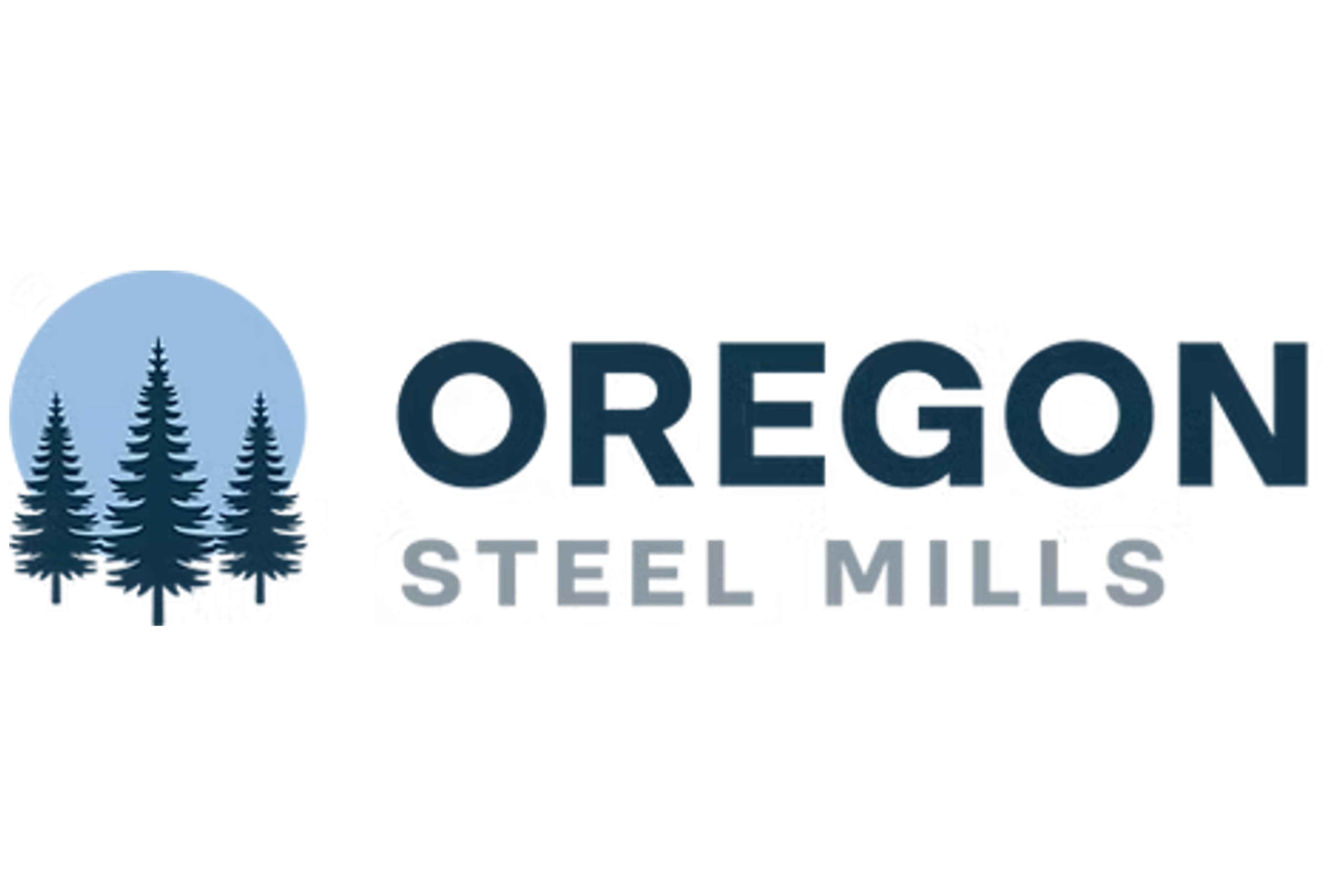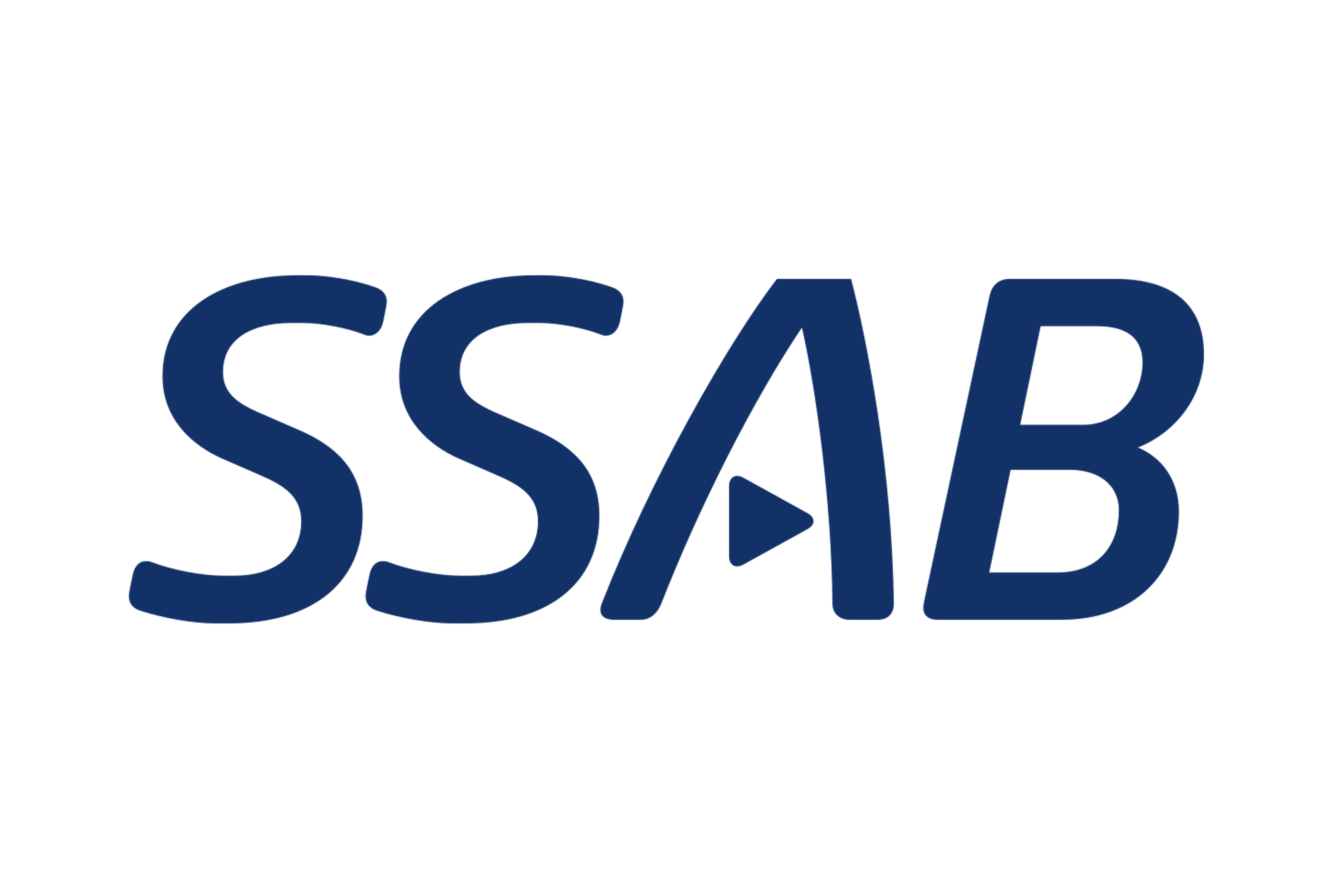Analysis
July 24, 2024
Steel market chatter this week
Written by Brett Linton
On Monday and Tuesday of this week, SMU polled steel buyers on a variety of topics, from market prices, demand, and inventories to imports and evolving market events.
Rather than summarizing the comments we collected, we are sharing some of them in each buyer’s own words.
Want to share your thoughts? Contact david@steelmarketupdate.com to be included in our market questionnaires.
Steel prices are trending lower. How do you expect prices to trend over the next three months?
“Bottom in late July or early August, followed by a modest recovery, tempered by low demand.”
“Pretty much at the low point now.”
“I don’t know if we’ll see the indices sub-$600/ton, but I really see no reason at all to think we’ll be above $800/ton in the foreseeable future. Everything is still too weak for that.”
“Will depend on demand; whether mills will cut back production; health of the economy.”
“Lower, decreased demand.”
“Discrete plate may drop slightly in the next few weeks.”
“I expect we are close to a bottom, but do not see a major rebound.”
“Prices will bottom out soon and increase over the next several months.”
“Would expect pricing to trend lower for another 30 days and find a bottom.”
“Bottom this week or next, slow march back up before falling again by October.”
“Over three months, I think we will see some type of increase.”
“Pricing will increase as demand will start increasing in fourth quarter due to lower interest rates will move down.”
Is demand improving, declining or stable?
“Demand has declined with prices continuing to lower.”
“Declining the last few months.”
“Demand is soft and somewhat declining.”
“Demand is weak due to downward price trend and destocking.”
“Still sluggish at best.”
“Demand is stable, but supply is still in good shape.”
“Discrete plate is stable to now declining and most likely will not rebound until late Q4.”
“Demand is stable for us, but I keep hearing scary stories on the automotive, ag, and service center fronts.”
“Soft stable.”
“Stable.”
Is inventory moving faster or slower than this time last year?
“Slower – demand has fallen off significantly compared to the start of the year.”
“Slower – slowing economy and high interest rates.”
“Moving much slower than last year for several well-known and obvious reasons.”
“Slower – smaller orders, more often to take advantage of the market.”
“Slower – slowing order intake.”
“Slower – auto plant shutdowns in July.”
“About the same.”
“Faster – inventories being held at low levels at all stages of the supply chain.”
“Our inventory is moving a bit faster, but our inventory levels are much lower (on purpose).”
Are imports more attractive than domestic material?
“Not attractive, domestic prices continue to fall at rates that will have prices quoted at or below imports.”
“No, due to higher logistics costs making landed cost higher than domestic currently.”
“No, not with the lead time, too much risk.”
“No, our customers require domestic.”
“Imports are not advantaged enough to load up.”
“No in the near term, possibly for Q4.”
“Import pricing is pretty much on par with domestics, but the lead times are much longer, so they aren’t too attractive.”
“Imports are attractive on some products and not on others, longer import lead times is risky some say.”
“Imports are always priced better.”
“December arrival foreign vs. domestic today… even to slightly better.”
What’s something that’s going on in the market that nobody is talking about?
“Fall mill outages, will they impact pricing?”
“What does real demand look like if subsidized projects are removed from the steel landscape?”
“I think we’re all glad that the ArcelorMittal situation is Mexico is improving, but how about AHMSA?”
“ArcelorMittal Mexico not producing and yet the market continues to fall.”
“Three new galv lines operational.”
“Future of Essar plate mill?”
“Evraz North American sale.”







